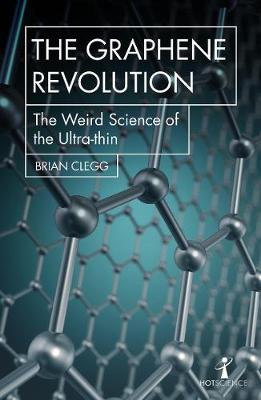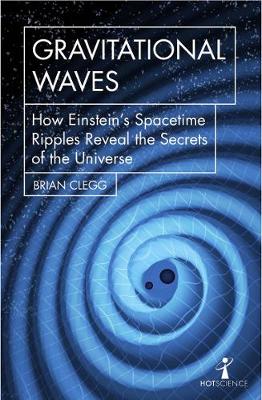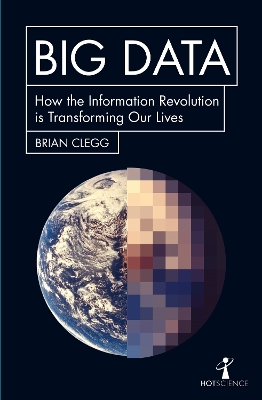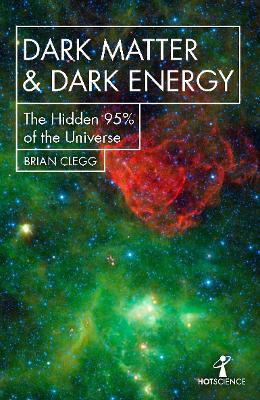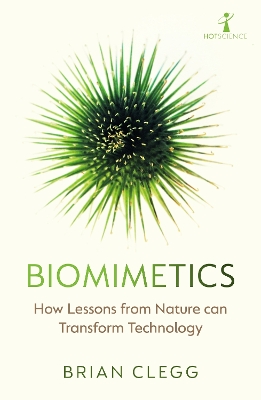Hot Science
5 total works
Their efforts would win the 2010 Nobel Prize for Physics, and now the applications of graphene and other `two-dimensional' substances form a worldwide industry.
Graphene is far stronger than steel, a far better conductor than any metal, and able to act as a molecular sieve to purify water. Electronic components made from graphene are a fraction of the size of silicon microchips and can be both flexible and transparent, making it possible to build electronics into clothing, produce solar cells to fit any surface, or even create invisible temporary tattoos that monitor your health.
Ultra-thin materials give us the next big step forward since the transistor revolutionised electronics. Get ready for the graphene revolution.
Until then, investigation of the universe had depended on electromagnetic radiation: visible light, radio, X-rays and the rest. But gravitational waves - ripples in the fabric of space and time - are unrelenting, passing through barriers that stop light dead.
At the two 4-kilometre long LIGO observatories in the US, scientists developed incredibly sensitive detectors, capable of spotting a movement 100 times smaller than the nucleus of an atom. In 2015 they spotted the ripples produced by two black holes spiralling into each other, setting spacetime quivering.
This was the first time black holes had ever been directly detected - and it promises far more for the future of astronomy. Brian Clegg presents a compelling story of human technical endeavour and a new, powerful path to understand the workings of the universe.
Is the Brexit vote successful big data politics or the end of democracy? Why do airlines overbook, and why do banks get it wrong so often? How does big data enable Netflix to forecast a hit, CERN to find the Higgs boson and medics to discover if red wine really is good for you? And how are companies using big data to benefit from smart meters, use advertising that spies on you and develop the gig economy, where workers are managed by the whim of an algorithm?
The volumes of data we now access can give unparalleled abilities to make predictions, respond to customer demand and solve problems. But Big Brother's shadow hovers over it. Though big data can set us free and enhance our lives, it has the potential to create an underclass and a totalitarian state.
With big data ever-present, you can't afford to ignore it. Acclaimed science writer Brian Clegg - a habitual early adopter of new technology (and the owner of the second-ever copy of Windows in the UK) - brings big data to life.
'Clear and compact ... It's hard to fault as a brief, easily digestible introduction to some of the biggest questions in the Universe' Giles Sparrow, BBC Four's The Sky at Night, Best astronomy and space books of 2019: 5/5
All the matter and light we can see in the universe makes up a trivial 5 per cent of everything. The rest is hidden. This could be the biggest puzzle that science has ever faced.
Since the 1970s, astronomers have been aware that galaxies have far too little matter in them to account for the way they spin around: they should fly apart, but something concealed holds them together. That 'something' is dark matter - invisible material in five times the quantity of the familiar stuff of stars and planets.
By the 1990s we also knew that the expansion of the universe was accelerating. Something, named dark energy, is pushing it to expand faster and faster. Across the universe, this requires enough energy that the equivalent mass would be nearly fourteen times greater than all the visible material in existence.
Brian Clegg explains this major conundrum in modern science and looks at how scientists are beginning to find solutions to it.
An exploration of the transformative ways in which nature has inspired the technological advancement of humankind.
Biomimetics literally means emulating biology - and in a broader sense the term covers technological advances where the original inspiration came from nature. The Earth is a vast laboratory where the mechanisms of natural selection have enabled evolutionary solutions to be developed to a wide range of problems.
In this new title in the Hot Science series, science writer Brian Clegg looks at how humans have piggybacked on natural experimentation, redeploying a solution to create things that make our lives easier. He looks at how the hooks on burdock seeds inspired the creation of Velcro, how the stickiness of the feet of geckos and frogs has been used to create gripping surfaces, such as tyre treads, and how even the most basic optical enhancement in the form of spectacles is itself a form of biomimetics.
